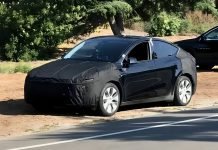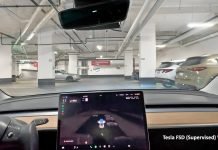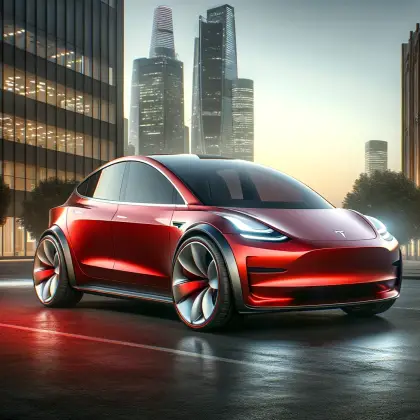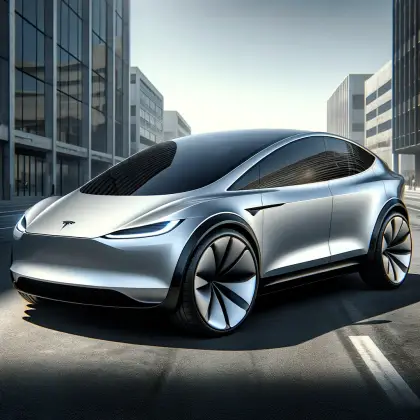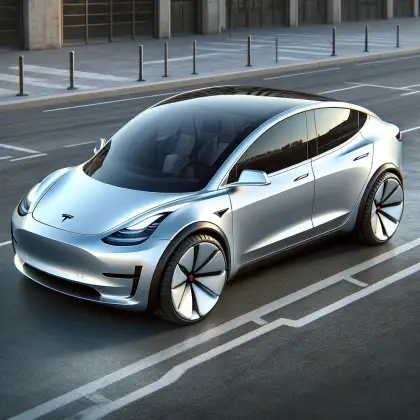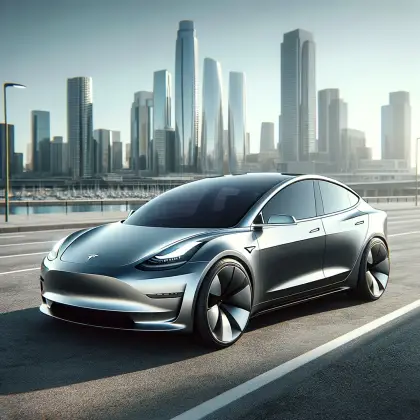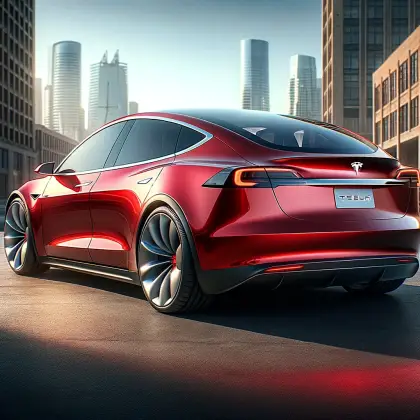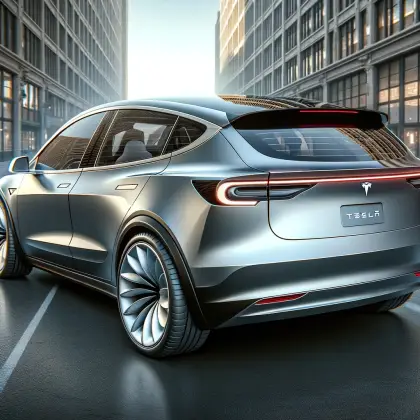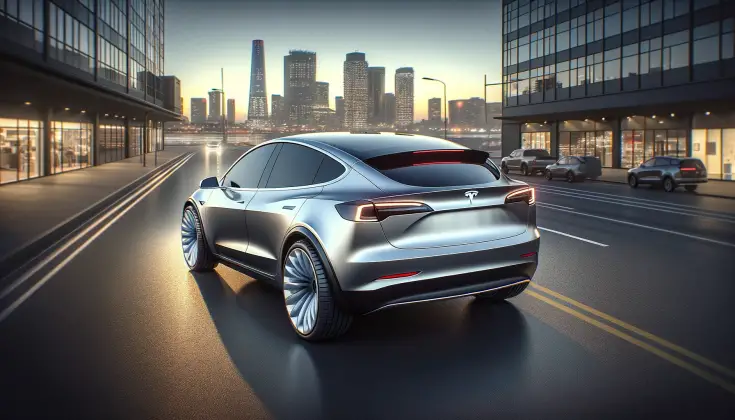We turned to AI with a unique request: to conceptualize the much-anticipated Tesla Model 2. The objective was to harness the power of machine learning to visualize a car that merges the audacity of the Cybertruck with the practicality of the Model 3, all within the compact form factor akin to the Model Y. Our journey through this creative process was nothing short of astonishing.
Table of Contents
Tesla Model 2 Design Insights from Leaks
At the outset, the AI’s task was to synthesize elements from current Tesla models — the ruggedly bold Cybertruck, the versatile Model Y, and the universally appealing Model 3. Each of these vehicles brings a distinct aesthetic and functional design to the table.
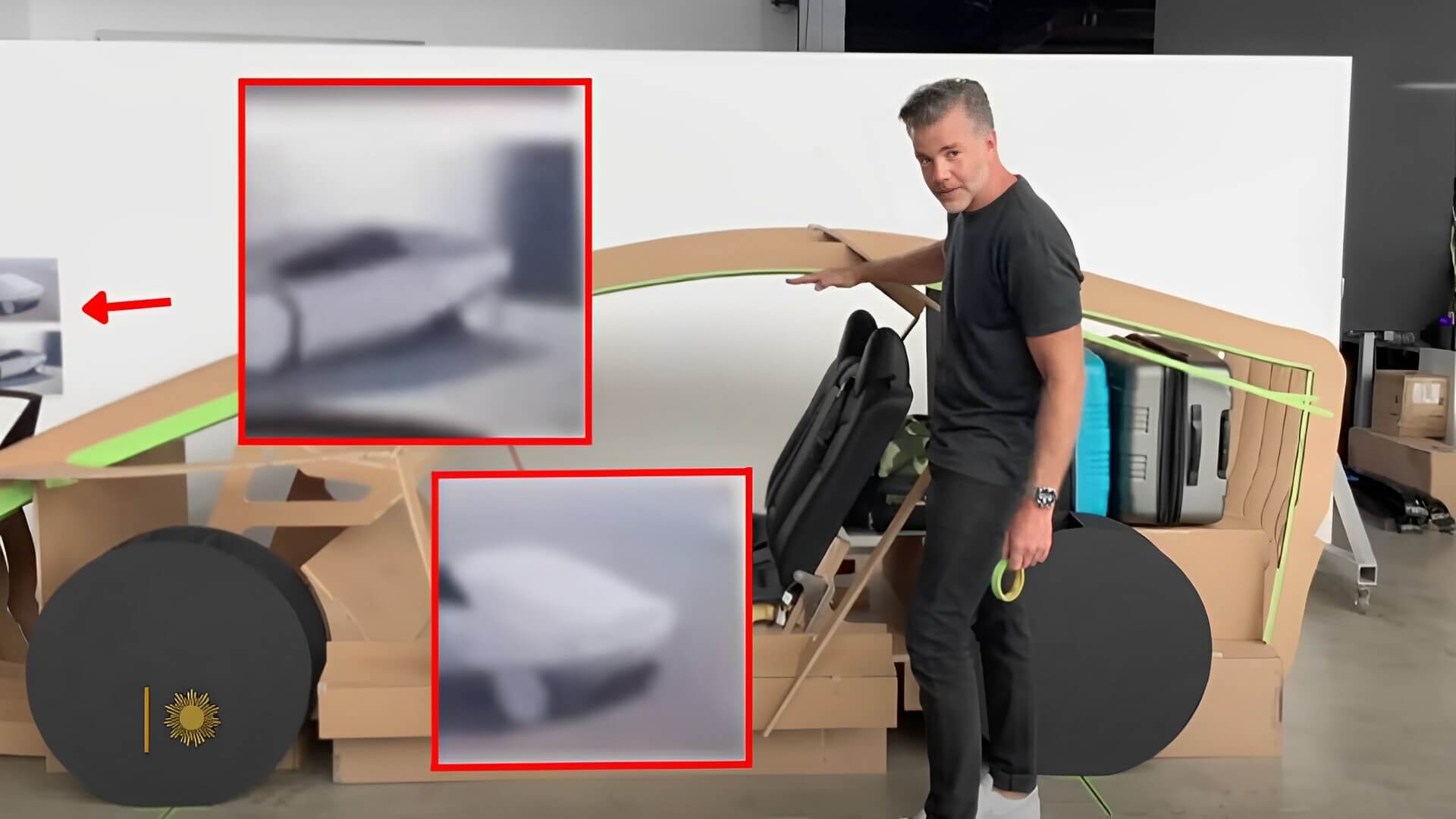
The design process was significantly shaped by leaked information that hinted at a smaller, more affordable Tesla vehicle in the pipeline. Rumors suggested this new model would not only bear the Cybertruck’s striking look but also come with a price tag designed to usher in a new wave of electric vehicle adoption. The leaks were a treasure trove of hints, suggesting dimensions, possible features, and even production techniques that might be employed in the creation of the Tesla Model 2. This information was pivotal in guiding the AI, providing a framework within which it could operate to generate initial concepts.
The first output from the AI was a stunning visual – a car that maintained the minimalist ethos of Tesla’s design language, yet exhibited the Cybertruck’s signature angular lines. However, it lacked practical elements like door handles and had disproportionately large tires. It was a car that appeared ready for a sci-fi movie set, not the city streets.
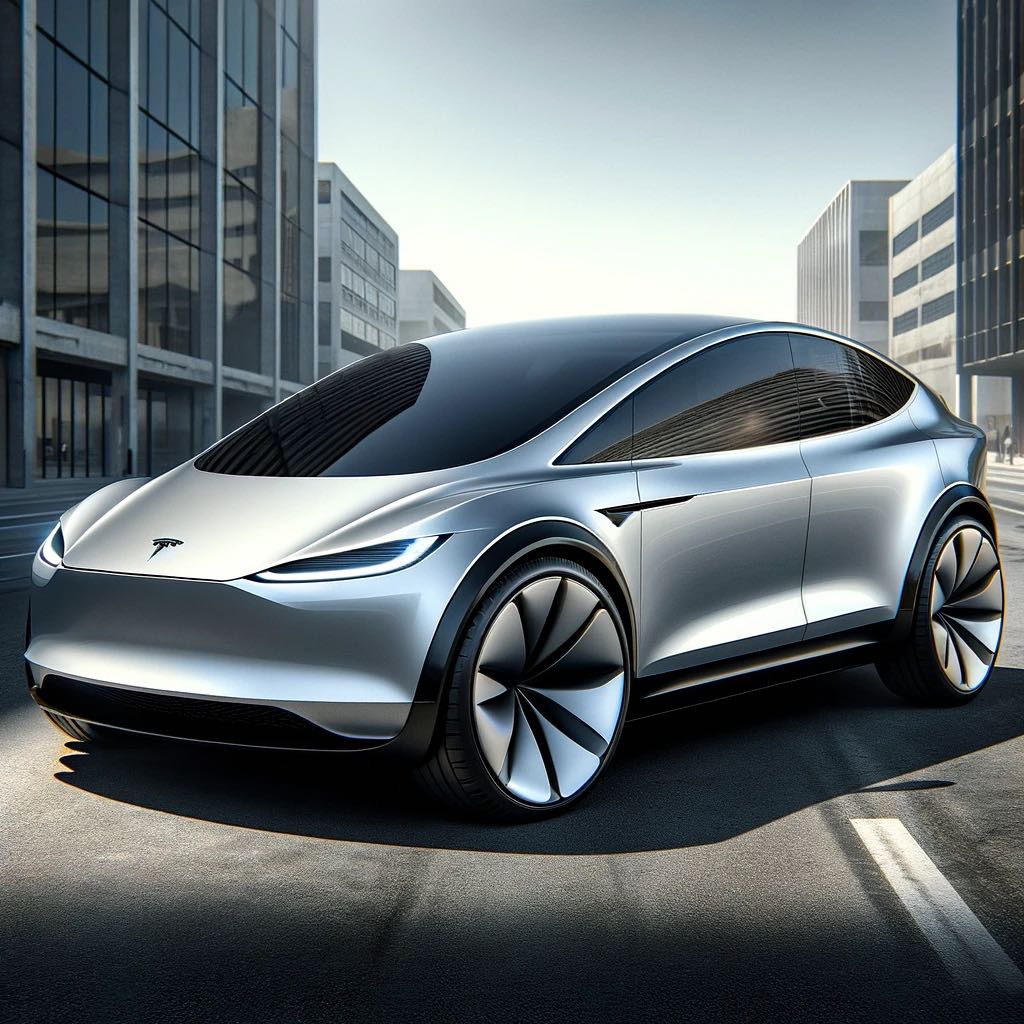
While the allure of the Cybertruck’s futuristic design is undeniable, practicality remains paramount for vehicle owners. The Model 2 would need to navigate city streets, slot into parking spaces, and offer the convenience expected of a compact vehicle. Therefore, the AI was prompted to strike a delicate balance: to project a forward-thinking image while not straying too far from the functional form factor that makes a car fit comfortably into daily life. This balance was crucial in our brief to the AI, emphasizing the need for a vehicle that looks ahead without leaving the present behind. The ultimate goal was a design that could move seamlessly from a bold vision on paper to a viable product on the road.
Iterations and Refinements
Taking note of the feedback, we iterated on the design with more specific instructions. We requested a car with symmetrical proportions, practical wheels, and visible door handles, making it more consumer-friendly and reminiscent of the Tesla Model 3 approachability.
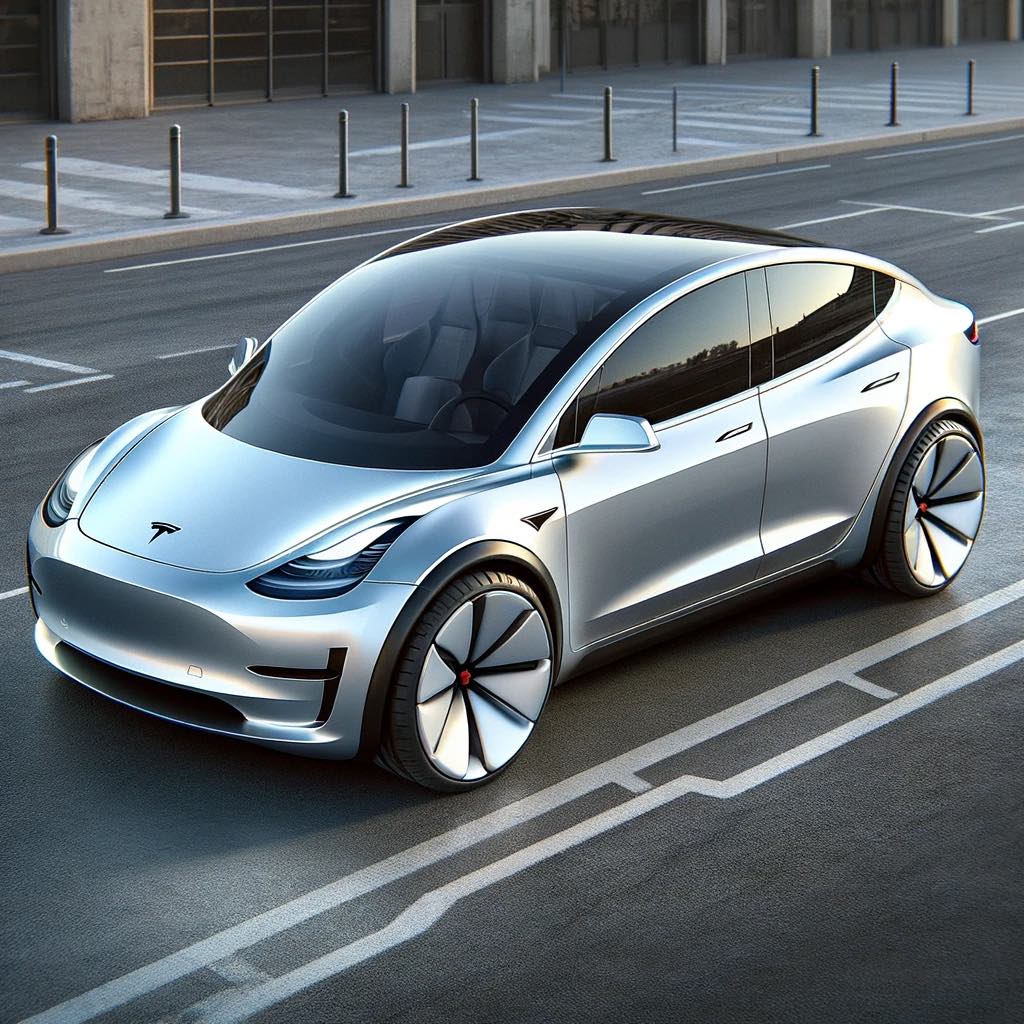
The AI responded to our nuanced instructions with an updated design, which presented a vehicle that maintained its futuristic flair but with newly proportionate features. The wheels were resized to more practical dimensions, fitting the compact car profile we envisioned for the Model 2. The door handles were now visible, subtly integrated into the design without disrupting the sleek silhouette of the vehicle. These adjustments signaled a significant leap toward a vehicle that could believably navigate the transition from concept to production.
Again, we refined our command, asking the AI to recreate the rear, considering all the previous design features while resizing the Tesla logo to match the company’s typical branding style. The AI adapted once more, showcasing its capacity to respond dynamically to feedback.
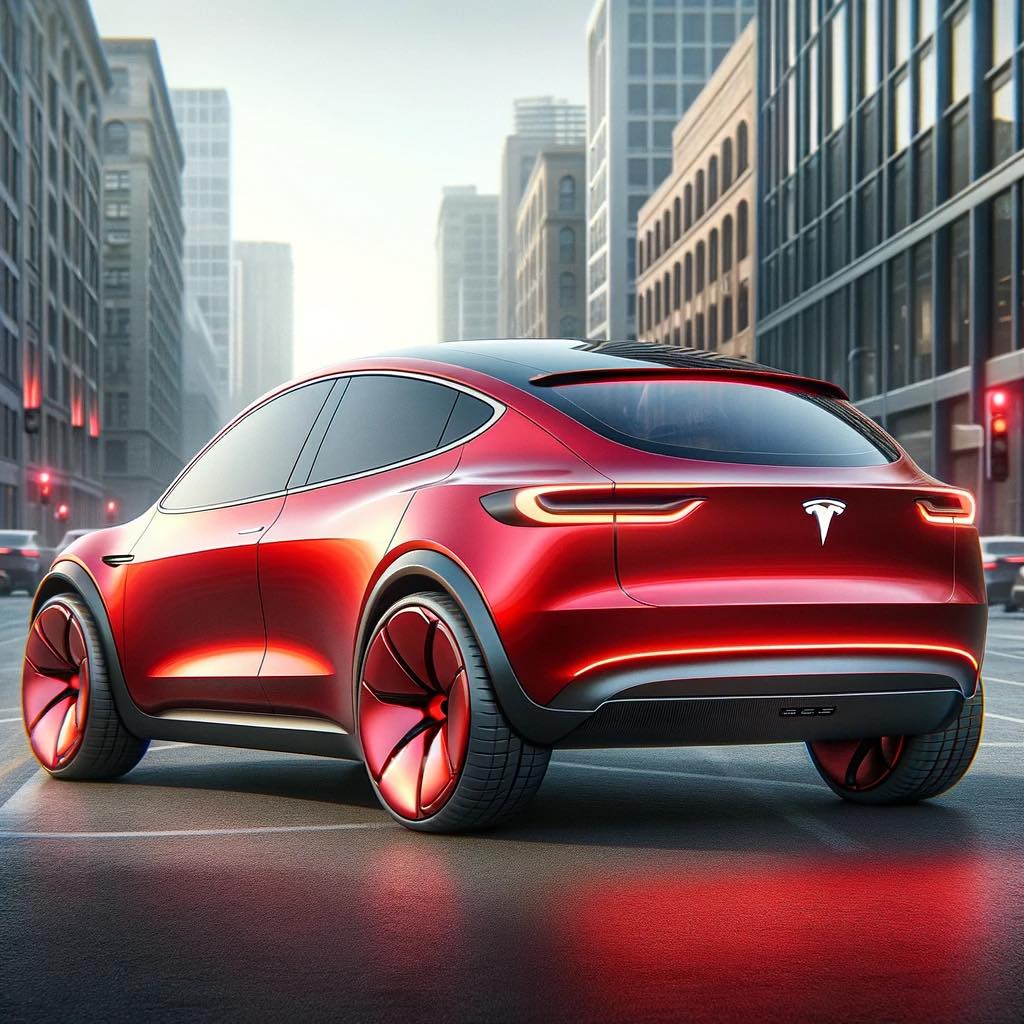
Throughout the process, our commands were specific, asking for a car that would look at home on the streets — something real and tangible, not just a figment of our imagination. We asked for a car that was “modern, compact, electric, and vibrant red,” with a “symmetrical and balanced design” and a “continuous taillight strip.” The AI navigated these instructions with a surprising degree of finesse.
The resulting images from the AI were a tapestry of our collective expectations and the AI’s growing understanding of our demands. It crafted a vehicle that felt both revolutionary and familiar — a car that wouldn’t look out of place parked next to a Model S, X, or 3, yet carried the promise of tomorrow.
How the AI-Generated Designs Met the Brief
The AI-generated designs were a testament to the machine’s ability to understand and execute complex creative briefs. The designs maintained the angular, futuristic look of the Cybertruck, as was requested, but tempered with the more familiar and approachable form factor of the Model 3 and Model Y. The final designs also addressed the practical aspects that had been lacking in the initial images, such as the inclusion of door handles and the resizing of the wheels and logo to meet typical Tesla standards. The AI managed to capture the spirit of innovation inherent to the Tesla brand while ensuring the vehicle remained relatable and usable.
The realism and feasibility of the designs generated by the AI were particularly striking. The final images presented a car that could believably enter production without significant changes. The balance between futuristic design and practicality was achieved, suggesting that the vehicle could be both a marketable and manufacturable product. The design’s feasibility was further reinforced by the car’s placement within an urban environment, which grounded the design in a real-world context.
The AI’s ability to iterate upon feedback and produce a visually compelling and realistic design highlighted the potential for this technology to play a significant role in the future of automotive design, where such tools could greatly accelerate the concept-to-production pipeline
Conclusion
This experiment has not only provided us with a potential glimpse into the future of automotive design but also demonstrated the extraordinary capabilities of AI as a tool for creative visualization. The Tesla Model 2, as rendered by the AI, stands as a beacon of what’s possible when human creativity meets the cutting-edge of technology. The results indeed were surprising, painting a picture of a future that we are all eager to see become reality.




